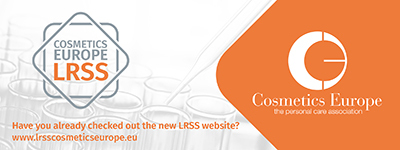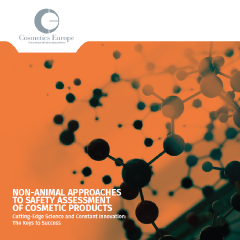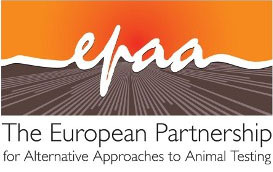1. Eye irritation
The eye irritation research programme concentrates on the development and optimization of alternative methods & models that evaluate the potential of a chemical to induce, or not, human eye injury. This programme has delivered a full set alternative methods and now works on how a smart combination of these into testing strategies would improve the scientific evaluation of the eye irritation endpoint.
2. Genotoxicity/mutagenicity
The genotoxicity / mutagenicity programme aims to develop new in vitro assays which are more relevant and highly predictive for the dermal route of exposure ie. are better than the tests that are currently available. The current work is thus focusing on the 3D skin models based on reconstructed human tissues. The ongoing studies aim to make in vitro prediction of the genotoxicity potential by the combined use of these 3D skin models in the micronucleus (MN) and Comet assays.
3. Skin sensitization
Our research aims to develop a full set of in vitro methods that can be used to determine the ability of a substance to cause skin allergy and at what level. For that we have been building our knowledge on how chemicals react with the skin and activate the body’s immune system to cause skin allergy. The skin sensitization programme focuses on biological parameters which represent potential key events in the induction of skin sensitisation in human. Also , the programme’s is evaluating how the tests can be used in combination to bestpredictskin sensitization potential.
4. Skin bioavailability and Metabolism
Our research on skin bioavailability and metabolism aims to improve the understanding on how substances behave when applied to the skin. As in all our research the methods used are alternative methods (in vitro, in silico...) addressing a multitude of toxicokinetics parameters (e.g. absorption, distribution, metabolism and elimination ( ADME)) to support safety assessment of chemicals via the estimation of the internal dose in relation to external exposure
5. Systemic toxicity
The systemic toxicity programme concentrates on the chemicals mode of action and the cellular processes that may lead to adverse effects f , often called toxicodynamics, and aims to develop a toolbox constituted of the most relevant assays or combination of assays in the field. Like the skin bioavailability / metabolism programme, the systemic toxicity programme takes into account in vitro and in silico tools. The two programmes provide thus complementary information to each other in view of risk assessment approaches. The main research activity on systemic toxicity was SEURAT-1 programme from 2010-2015, now superseded by the current LRSS and EU-ToxRisk (see below).






